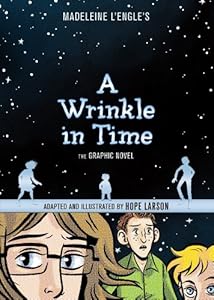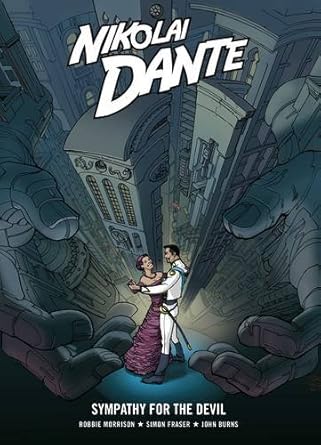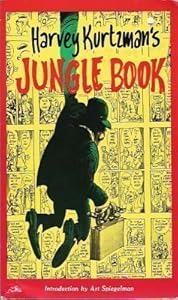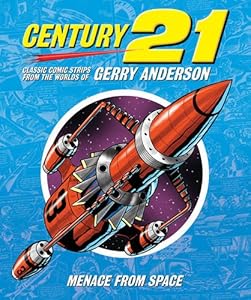(
Covering Legion of Super-Heroes vol. 4 # 72-74, Legionnaires# 29-31, and Superboy vol.3 (?) # 21, 1995)
Major developments:
*Ohhhhhkay, so a million things to cover. In
Legionnaires Annual # 2, the Daxamites of the White Triangle were soundly defeated, but at the apparent cost of both Andromeda and Apparition, believed to have died in action, and nobody knows where Kinetix is, leaving Aleph's representative to the United Planets very aggravated. Earth President Chu has sworn Cos to secrecy about Andromeda, who is alive and under arrest by Earthgov, but something of a PR nightmare. Apparition will resurface in time.
*Tensions completely explode at the memorial service. Cos is just barely keeping things together, and he doesn't stand up for his friends under pressure to disband the team before any more kids are killed.
*The president of Morgna Industries fires a scientist, Dr. Regulus, who murders two employees and steals an armored suit, swearing vengeance. Regulus doesn't come out well after his fight with the Legion, but neither does Morgna's son Dirk, who is transformed and given powers to control fire.
*Garth finally tracks down his brother Mekt, who is revealed to be an unhinged, murderous lunatic. The fight robs Mekt of his lightning powers, but he disintegrates Garth's right arm.
*A thousand years previously, a hero called Superboy helped save the life of the legendary Daxamite hero Valor, but at a cost. Lead poisoning was killing Valor, and Superboy sent him into a "stasis zone" where he has waited, alive, seeing, but unable to interact with the material world. Since Brainiac 5 created a cure for lead poisoning, Valor has used all his energy to create power surges to give him the chance to communicate with the material world and explain his plight. Brainiac 5, however, can find no way to enter this stasis zone, and so they must travel back to the 20th Century and consult Superboy.
*Sounds promising, right? Unfortunately, "Superboy" is not the teenage Kal-El, survivor of the planet Krypton. He's a loudmouthed clone of human DNA given powers that approximate the Man of Steel's. He has the specs for the stasis ray in his subconscious. He returns with the team to the 30th Century, but Brainiac 5 cannot duplicate the thousand year-old parts for the machine. A technological archive on the planet Korr should have what they need, but the parts have been stolen by an ancient enemy of Superboy called Scavenger.
*Valor had, in the 20th Century, found homes on new planets for thousands of refugees who had been experimented upon by the alien Dominators. Over a thousand years later, Valor is worshipped on many of these planets, including Luorno's home of Carggg, as "the world-seeder." Superboy's big mouth lets the word spread that the Legion is attempting to rescue Valor from stasis, resulting in a crush of religious lunatics on Earth. They free him instead on a remote planet, where, waiting with an injection of the anti-lead serum and a gun that fires red sun radiation to nullify his invunerability, they finally save his life. Valor agrees, with reluctance, to hide out in LSH headquarters until the furor dies down. Cos makes Superboy an honorary member of the team.
*The basic creative team is Tom McCraw, and Tom Peyer writing, with Lee Moder and Jeffrey Moy the principal artists. Mark Waid moved on from the book following
Legionnaires Annual # 2. The
Superboy issue is by its creative team, Karl Kesel and Tom Grummett.

Well! The Legion's first crossover with the contemporary DC Universe is much neater and much better than I had anticipated. Since I typically loathe crossovers, and have no real connection with the '90s Superboy, I was afraid that the three-part "Future Tense" would be a big mess.
So who the heck is this guy? Even those few readers of this blog with no particular interest in DC Comics - I seem to have a couple of dozen of you who kindly enjoy my every word for some fool reason - probably remember a big media event in 1993 when Superman was killed by a monster called Doomsday. Well, before he got better, as superheroes do, the Superman editorial office had the creative teams behind each of Supes' four books introduce and launch four new major characters.
Readers with very long memories may further recall that when the great Jack Kirby took over the
Jimmy Olsen comic book in the early 1970s, he introduced a think tank full of weird super-scientists and clones and bizarre technology in a hidden city underneath Metropolis. Creators Karl Kesel and Tom Grummett reintroduced those guys, and had them build a clone with powers and abilities similar to the Man of Steel. I never had any interest in reading this character's book, which ran for almost a decade, but I understand that Kesel and Grummett built a tidy continuity around this character, Kirby's secret city, and a big supporting cast. This Superboy was very popular among the growing fangirl segment of comic fandom of the day.
To my pleasant surprise, this Superboy works really well with the Legion. I like the fresh take on a very old story. It was 1961 when the original Superboy saved the life of the original Mon-El by moving him into the Phantom Zone. If the original Legion stories are dated by everybody who wrote and drew them insisting that all the characters are best buddies and everybody reveres the Boy of Steel, these firstly have the more realistic approach that some people in the 30th Century find Superboy to be a strutting show-off with a big mouth and some find him kissable, and secondly have the really great twist of having the Mon-El character, Valor, be the one whom everybody adores. Nobody remembers Superboy after a thousand years, but Valor is a demigod.
Unfortunately, it looks like another crossover is on the immediate horizon. I just hope against hope that this one has aged half as well.
If there's a flaw in these books at all, it's that there are piles of subplots desperate for resolution. They finally got the story of Garth, Ayla, and Mekt straightened out after teasing it from the very beginning, and while it is obvious that Andromeda and Apparition are being moved off-screen for quite some time, Dirk Morgna - Sun Boy - is introduced only to be immediately sidelined, XS gets lost in time when the heroes go back to 1995, and Kinetix is only briefly mentioned in passing, with everybody certain that, wherever she is, she's just fine. The pace could honestly stand to slow down a little bit.









